Coil inside Furnace CFD Simulation, ANSYS Fluent Tutorial
$100.00 $50.00 Student Discount
- In this project, the flow inside a coil is modeled using ANSYS Fluent software.
- The geometry was created in Design Modeler, and a mesh consisting of 4,824,847 elements was generated using ANSYS Meshing.
- In this project we are going to find the outlet temperature and calculate the static pressure and static temperature throughout the domain.
To Order Your Project or benefit from a CFD consultation, contact our experts via email (info@mr-cfd.com), online support tab, or WhatsApp at +44 7443 197273.
There are some Free Products to check our service quality.
If you want the training video in another language instead of English, ask it via info@mr-cfd.com after you buy the product.
Description
Introduction
The study of heat transfer processes in industrial equipment, such as a Coil inside Furnace through which oil flows, is critical for improving efficiency and ensuring safety. The particular focus of this report is on the CFD simulation of oil—specifically, octadecyl benzene (oil_c18h22)—flowing through a covered coil within a furnace environment. The simulation aims to understand the heating-up process of the oil as it is subjected to a constant heat flux on the walls of the coil.
The simulation’s objective is to track the temperature rise of the oil from the inlet to the outlet and to visualize the distribution of temperature and static pressure within the coil. This analysis is crucial for operating conditions of the furnace to achieve uniform heating and prevent hot spots that could degrade the oil or damage the coil.
Design Modeler software, a component of the ANSYS suite, was employed to create the geometry of the coil. Attention to detail was paramount to ensure that the geometry accurately represented the physical model, including the coil’s dimensions, curvature, and positioning within the furnace.
Following the design stage, ANSYS Meshing software was utilized to generate a structured mesh for the coil geometry. A structured mesh was chosen for its ability to provide higher accuracy in areas with expected gradients in temperature and pressure.
Methodology
The simulation setup involved defining the material properties of oil_c18h22, specifying the boundary conditions, and selecting the appropriate solvers and numerical schemes.
The constant heat flux boundary condition was applied to the coil walls to model the furnace’s effect on the coil.
The simulation was run as a steady-state project, indicating that the temperature and pressure fields within the domain had stabilized.
Conclusion
Post-processing tools within ANSYS Fluent were then used to generate contours of temperature and static pressure. These contours provided a visual representation of the thermal and fluid dynamic behaviour of the oil within the coil.
The CFD simulation of oil_c18h22 flowing through a coil in a furnace environment yielded insightful results into the heating process under the influence of constant heat flux. The contours of temperature and static pressure obtained from ANSYS Fluent revealed the effectiveness of the coil design and the heat transfer characteristics of the oil. The simulation demonstrated a uniform temperature distribution along the length of the coil, indicating that the design was effective in preventing the formation of hot spots.
The structured mesh provided the necessary resolution to capture the critical gradients in temperature and pressure, contributing to the reliability of the simulation results
In conclusion, the use of CFD simulation has proven to be a powerful approach to understanding and improving the heating process of oil_c18h22 in a coiled furnace setup.

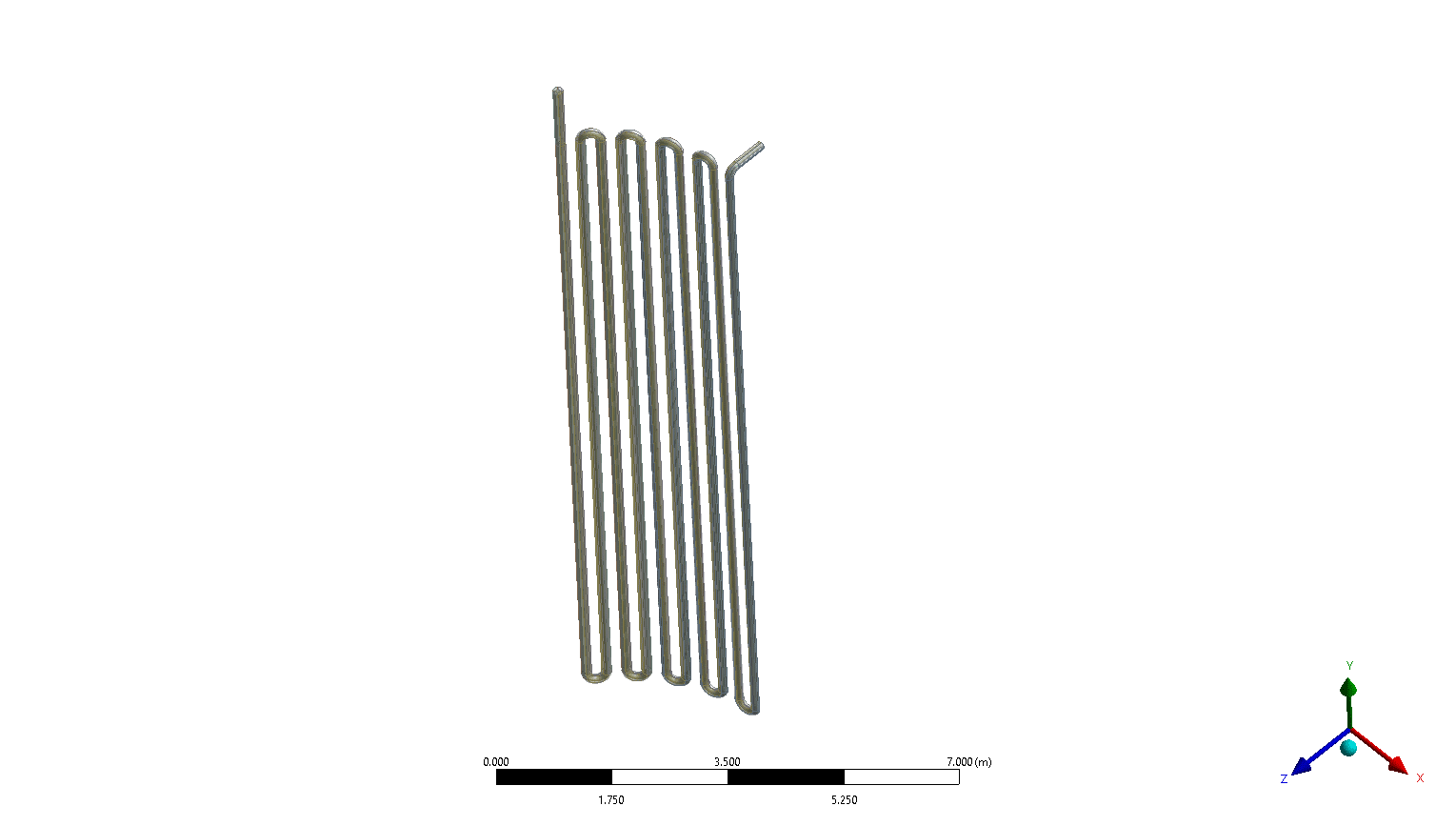
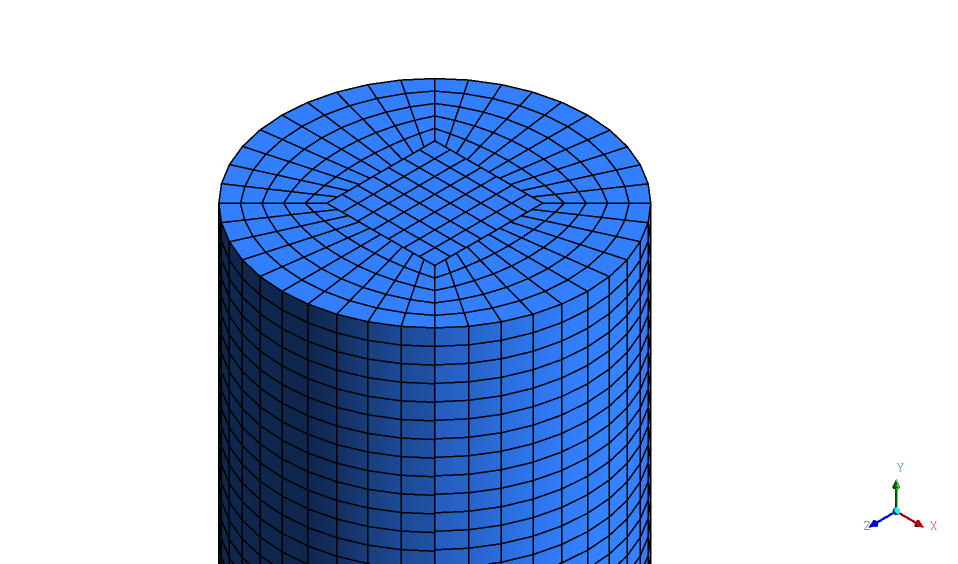
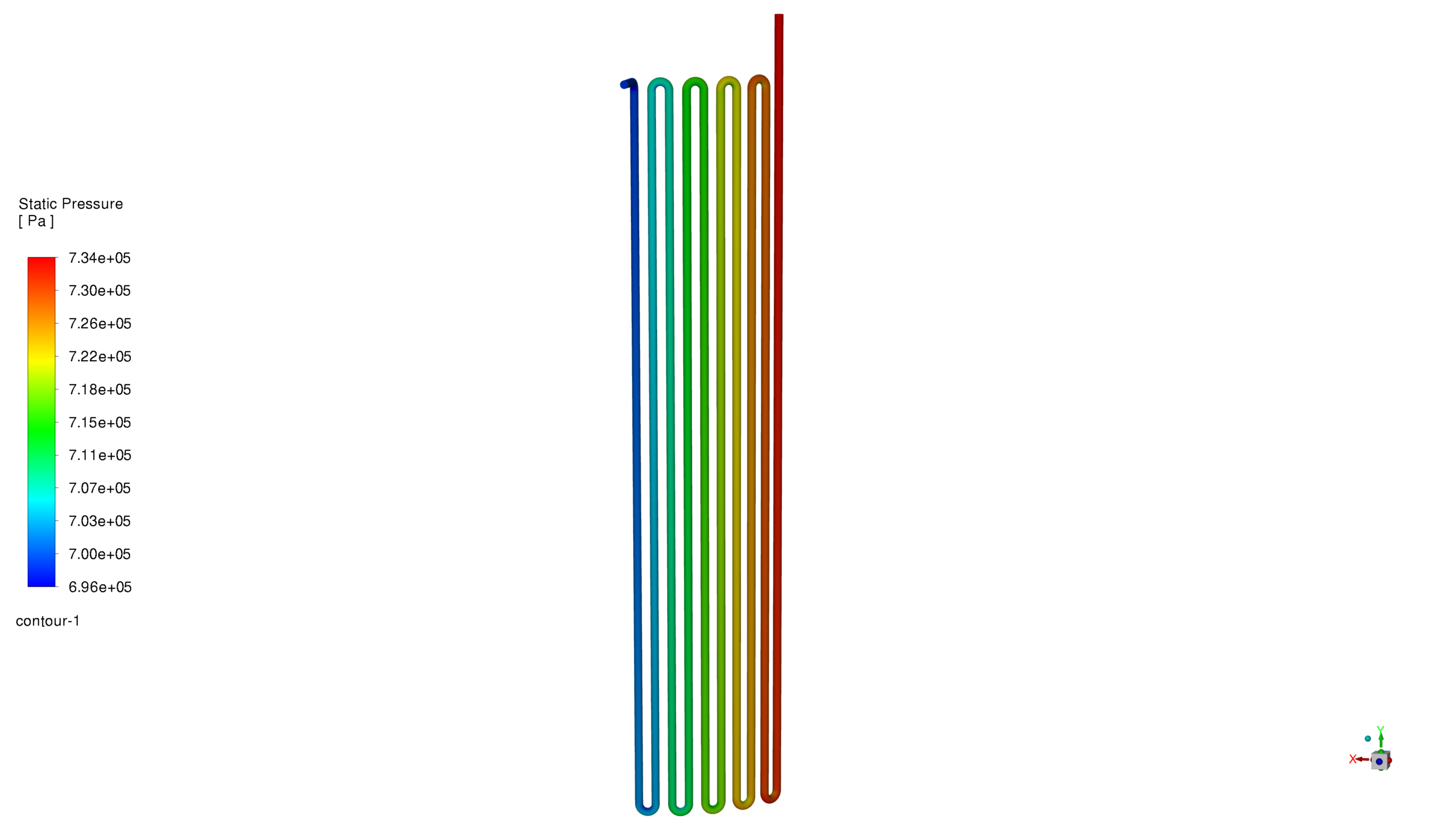

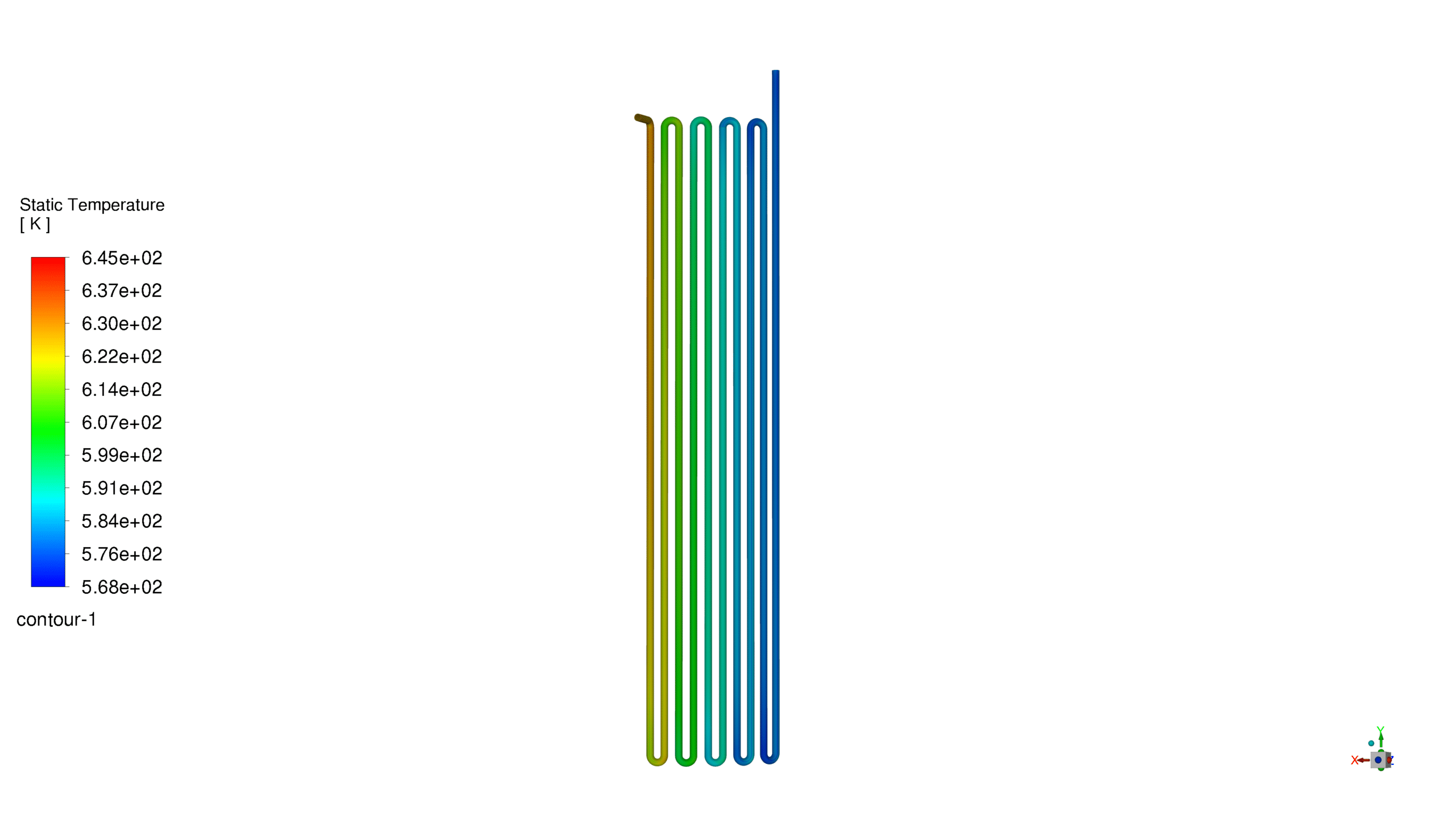
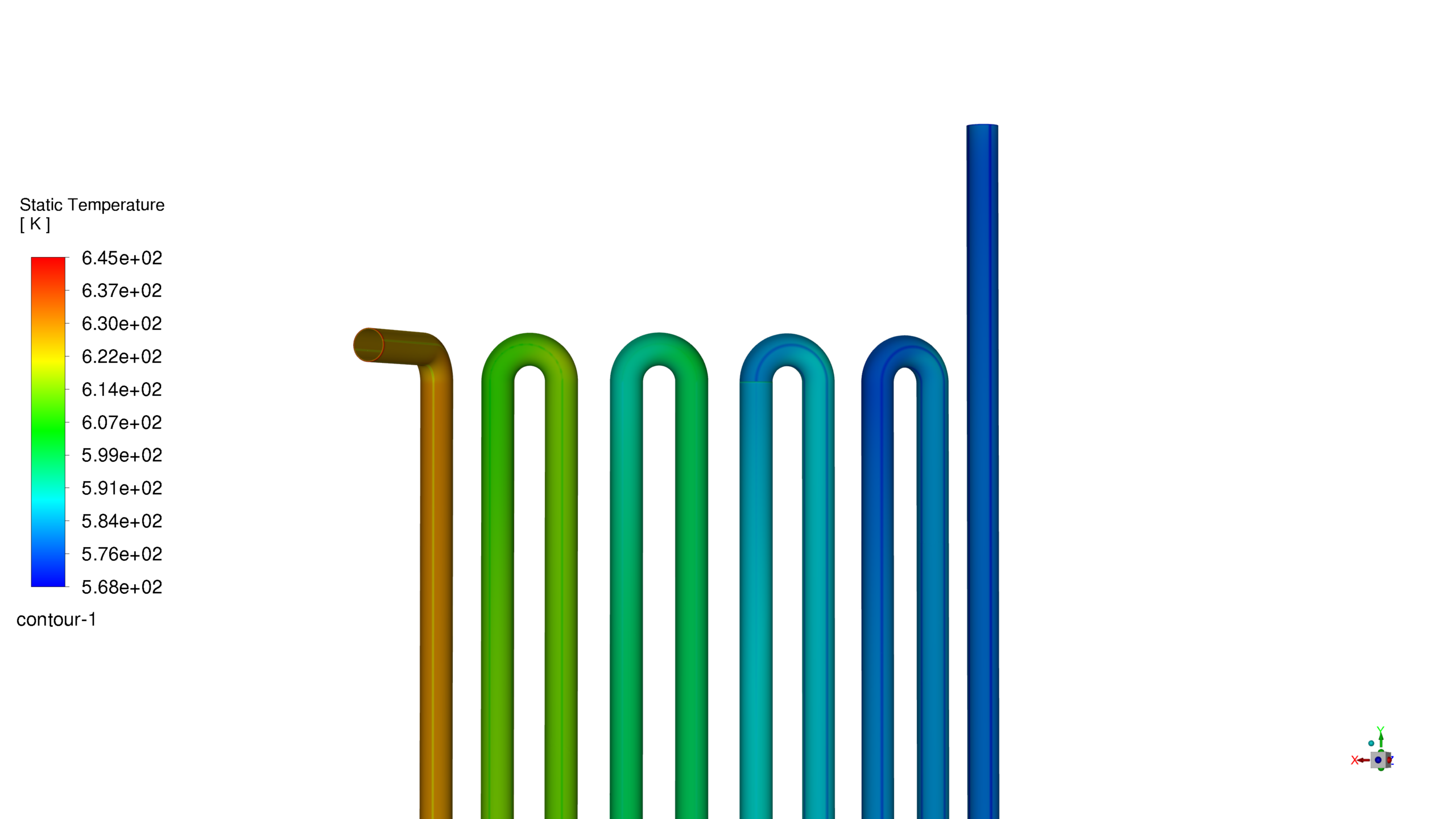
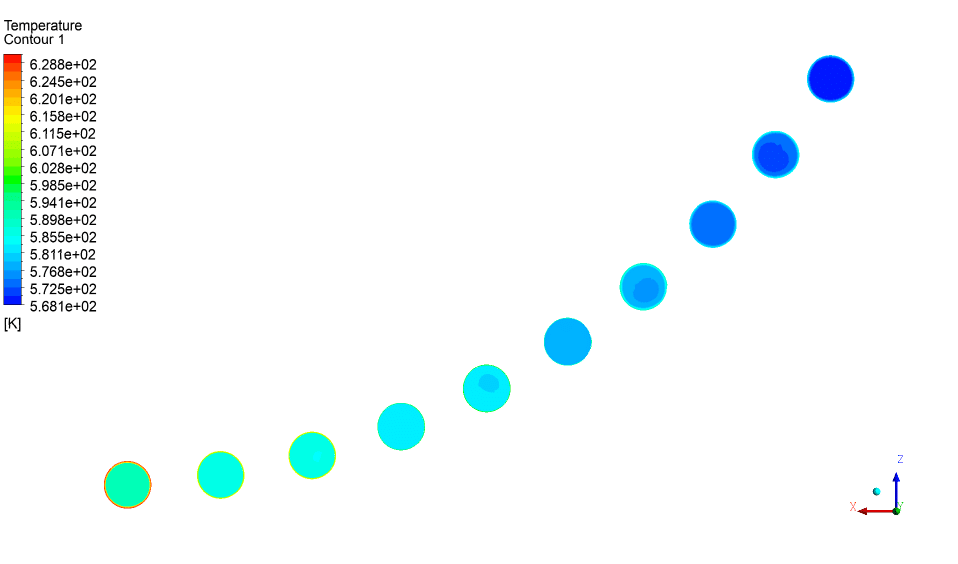
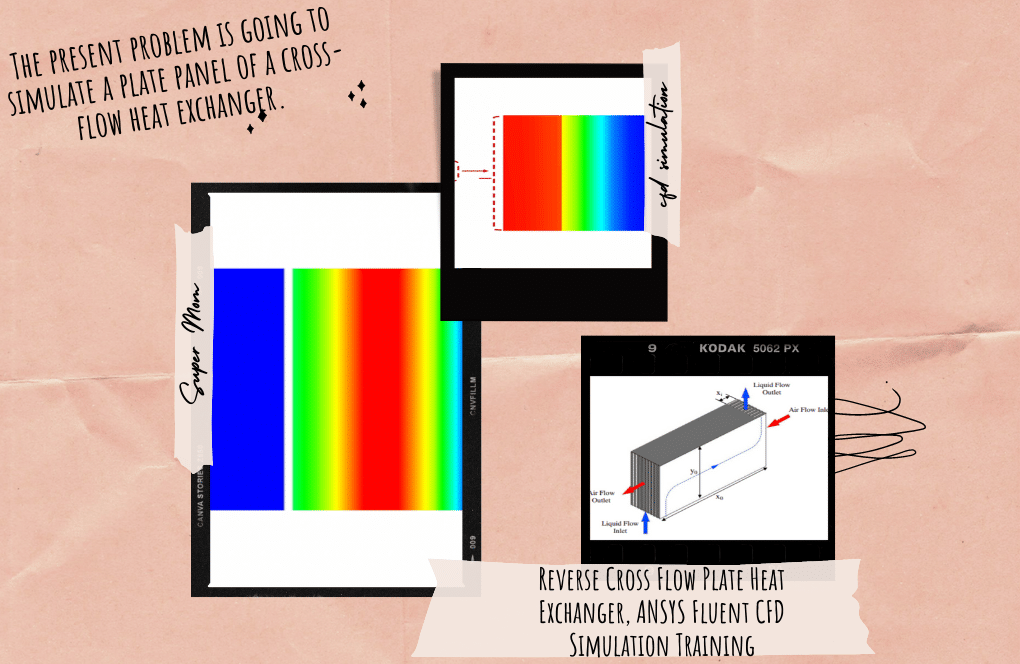

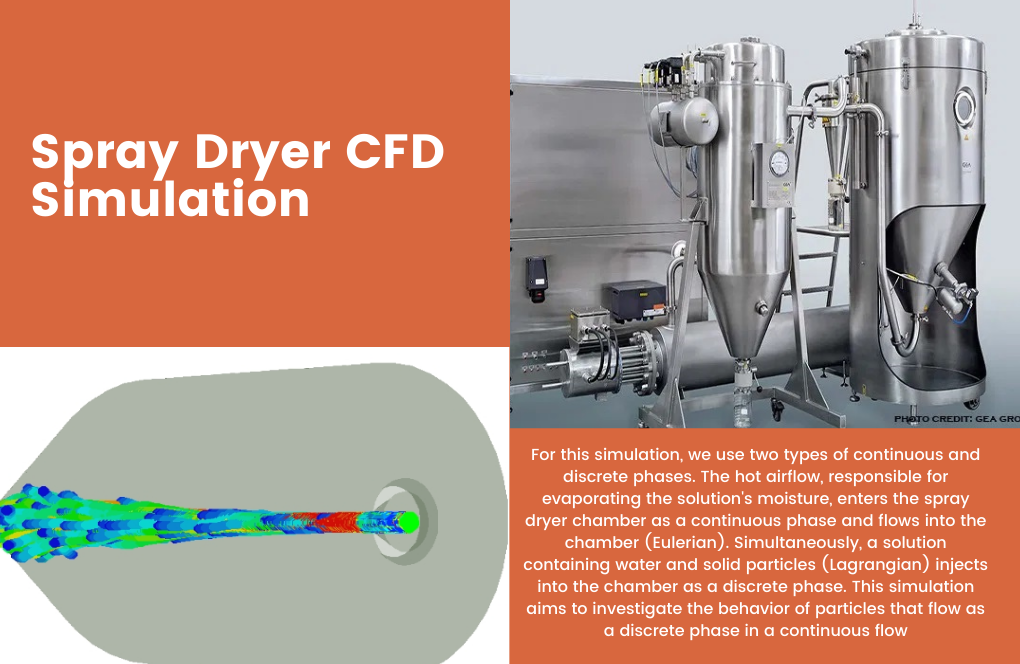

Reviews
There are no reviews yet.